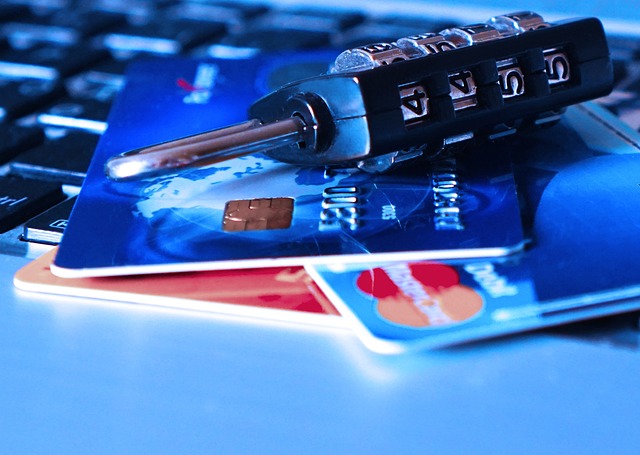The Dangers of Data Theft: Navigating Technology Etiquette in a Digital Age
In a world increasingly dominated by technology, the risk of stolen data looms larger than ever. The intertwining of our personal and professional lives with digital platforms creates a landscape where privacy can feel elusive, and the etiquette surrounding technology use can sometimes be clouded by confusion. As cybersecurity threats evolve, understanding how technology etiquette intersects with social trends can help us protect ourselves and our information better.
Understanding Technology Etiquette
Technology etiquette refers to the unspoken rules and norms that govern how we interact with the digital world and each other. It encompasses everything from respecting privacy to mindful sharing on social media. With escalating incidents of stolen data, it’s crucial to consider our online behavior critically.
For example, oversharing on social media can lead to unintended consequences. When we post personal information—such as our home addresses, phone numbers, or vacation plans—without regard for privacy settings, we may inadvertently invite cybercriminals to target us. Additionally, using the same password across multiple sites increases the risk that a single breach can compromise several accounts. Therefore, proper technology etiquette involves being aware of our digital footprints and making informed choices about the information we share.
Emerging Social Trends in Cybersecurity
As awareness of data theft grows, so too do social trends that reflect our society’s concerns and responses to cybersecurity threats. One significant trend is the rise of privacy-conscious consumer behavior. People are becoming increasingly selective about the platforms they use, often choosing services that prioritize data protection and transparency. This shift signifies a collective move toward valuing personal data as a fundamental aspect of our identity that deserves protection.
Moreover, current social movements advocating for digital rights are pushing for stricter regulations on how companies handle personal data. Initiatives aimed at holding corporations accountable for data breaches are gaining traction, reminding businesses that ethical practices surrounding data management are not optional but a requirement. Consumers want to know how their data is stored and used, which has led to a paradigm shift in expectations regarding technology etiquette.
Best Practices for Protecting Your Data
To navigate the complex world of technology etiquette and social trends in cybersecurity, here are some practical tips to safeguard yourself against stolen data:
- Use Strong Passwords: Create complex, unique passwords for each of your accounts and consider a password manager to keep track of them.
- Enable Two-Factor Authentication: This adds an extra layer of security by requiring a second form of verification aside from your password.
- Be Mindful of Sharing: Think twice before posting personal details online, and always adjust your privacy settings to limit who can view your information.
- Stay Informed: Keep abreast of the latest cybersecurity trends, as familiarity with current threats can help you recognize and avoid potential risks.
By embracing a proactive approach to technology etiquette and staying attuned to social trends in cybersecurity, we can collectively create a more secure digital environment. Ultimately, the responsibility lies with each of us to protect our information and respect the data privacy of others in this interconnected world.




